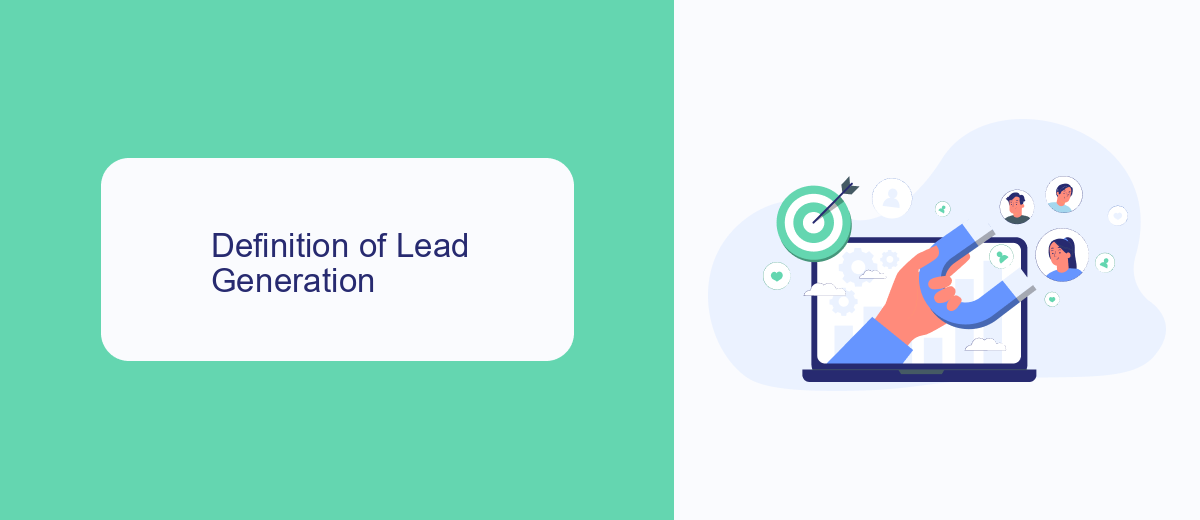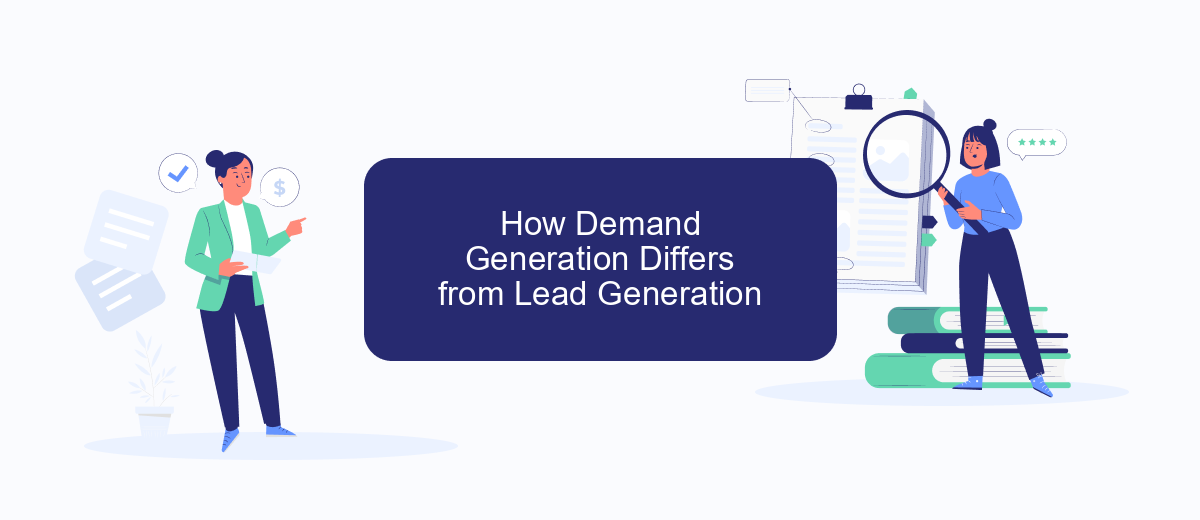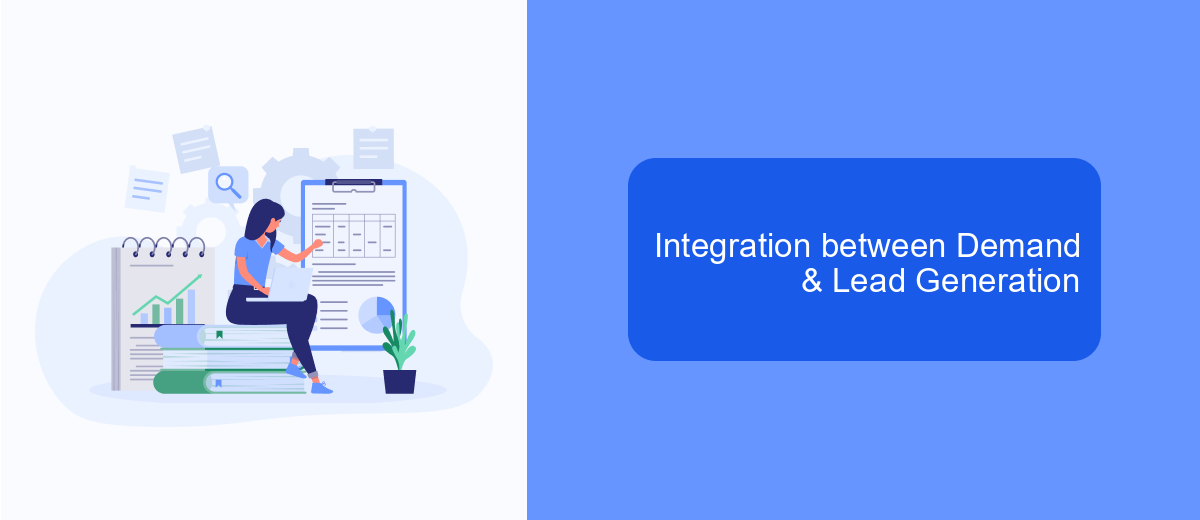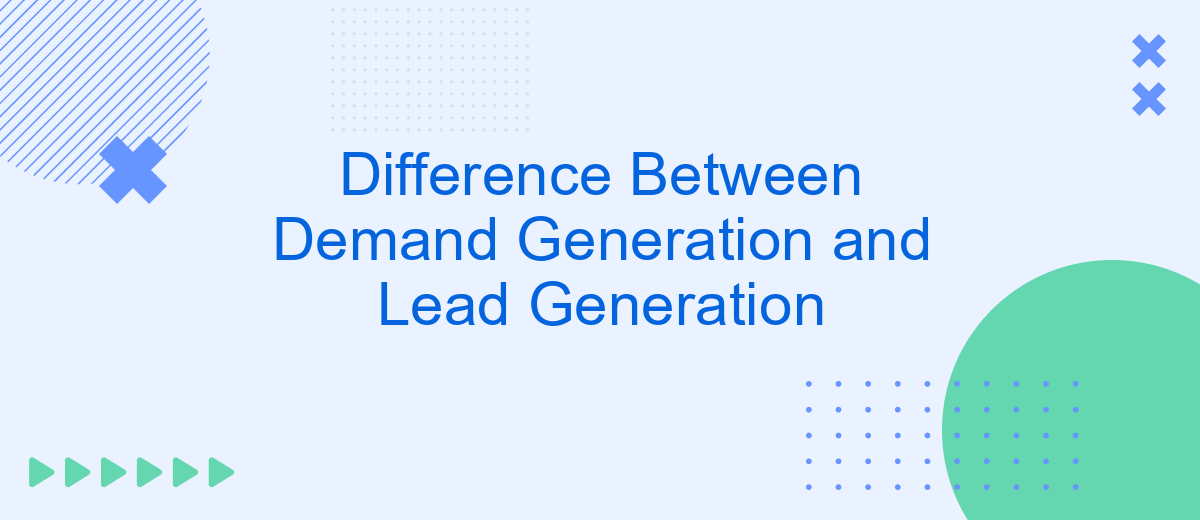In the dynamic world of digital marketing, understanding the nuances between demand generation and lead generation is crucial for crafting effective strategies. While both aim to drive business growth, they serve distinct purposes and employ different techniques. This article explores the key differences between demand generation and lead generation, helping marketers optimize their efforts for maximum impact.
Definition of Demand Generation
Demand generation is a holistic approach aimed at creating awareness and interest in a company's products or services. This strategy focuses on establishing a brand presence, educating potential customers, and nurturing relationships over time. Unlike lead generation, which aims for immediate conversions, demand generation is a long-term effort to build trust and credibility.
- Brand awareness: Increasing visibility and recognition of the company.
- Content marketing: Providing valuable information to educate and engage the audience.
- Social media engagement: Interacting with potential customers on various platforms.
- Webinars and events: Hosting sessions to showcase expertise and build relationships.
- Integrated marketing campaigns: Coordinating efforts across multiple channels for maximum impact.
Effective demand generation often involves the use of advanced tools and platforms to streamline efforts. For instance, services like SaveMyLeads can automate the integration of marketing data across different platforms, ensuring a seamless flow of information and more effective targeting. By leveraging such tools, businesses can enhance their demand generation strategies and drive sustained growth.
Definition of Lead Generation

Lead generation is the process of identifying and attracting potential customers for a business's products or services. This involves various marketing strategies and tactics designed to capture the interest of potential clients and convert them into leads. These leads can then be nurtured through targeted marketing campaigns, with the ultimate goal of converting them into paying customers. The process often includes activities such as content marketing, social media marketing, email marketing, and search engine optimization (SEO).
Effective lead generation requires a strategic approach, leveraging tools and services to streamline and enhance the process. For instance, SaveMyLeads is a powerful platform that automates the integration of various marketing tools, allowing businesses to efficiently capture and manage leads. By connecting different applications and automating workflows, SaveMyLeads helps ensure that no potential lead falls through the cracks, ultimately improving the overall efficiency of lead generation efforts.
How Demand Generation Differs from Lead Generation

Demand generation and lead generation are two distinct strategies in the marketing world, each with its own goals and methods. While both aim to attract potential customers, they operate at different stages of the buyer's journey and focus on different outcomes.
- Objective: Demand generation aims to create awareness and interest in a product or service, while lead generation focuses on capturing contact information from interested prospects.
- Approach: Demand generation employs broad strategies like content marketing, social media engagement, and educational webinars to build brand visibility. Lead generation, on the other hand, uses targeted tactics such as landing pages, forms, and calls-to-action to collect leads.
- Metrics: Success in demand generation is measured by metrics like website traffic, social media engagement, and content shares. Lead generation metrics include the number of leads captured, conversion rates, and cost per lead.
To effectively manage both strategies, businesses can utilize services like SaveMyLeads, which streamline the integration of various marketing tools, ensuring seamless data flow and more efficient campaign management. This allows marketers to focus on creating compelling content and capturing quality leads without worrying about technical hurdles.
Integration between Demand & Lead Generation

Integrating demand generation and lead generation is crucial for creating a seamless marketing strategy that drives both awareness and conversions. While demand generation focuses on building brand awareness and interest, lead generation aims at capturing and nurturing those interested prospects into potential customers.
To effectively integrate these two strategies, it's essential to align your marketing and sales teams, ensuring that both are working towards the same goals. This alignment helps in creating a cohesive customer journey that smoothly transitions from awareness to consideration and finally to conversion.
- Utilize data analytics to track and measure the effectiveness of both strategies.
- Implement marketing automation tools to streamline processes and improve efficiency.
- Use services like SaveMyLeads to automate lead capture and integration with your CRM.
By leveraging tools and services that facilitate seamless integration, such as SaveMyLeads, businesses can automate the lead capture process and ensure that valuable prospects are efficiently funneled into their sales pipeline. This not only enhances the overall marketing strategy but also maximizes the return on investment.
Benefits of Aligning Demand & Lead Generation
Aligning demand generation and lead generation strategies can provide numerous benefits for businesses. By synchronizing these two approaches, companies can create a seamless customer journey, ensuring that prospects are not only aware of the brand but also nurtured and guided towards becoming qualified leads. This alignment helps in building a stronger brand presence while simultaneously driving higher conversion rates, as potential customers receive consistent and relevant messaging throughout their journey.
Additionally, integrating demand and lead generation efforts can lead to more efficient use of resources and improved ROI. Businesses can leverage tools like SaveMyLeads to automate and streamline the integration process, ensuring that data flows smoothly between different marketing and sales platforms. This not only saves time but also reduces the risk of errors, enabling teams to focus on strategic activities rather than manual data management. Ultimately, aligning these strategies fosters better collaboration between marketing and sales teams, leading to more effective campaigns and a higher overall impact on business growth.


FAQ
What is the main difference between demand generation and lead generation?
Which stage of the buyer's journey does demand generation target?
Can demand generation and lead generation be used together?
How can automation tools help in demand and lead generation?
What metrics are important to track for demand generation and lead generation?
You probably know that the speed of leads processing directly affects the conversion and customer loyalty. Do you want to receive real-time information about new orders from Facebook and Instagram in order to respond to them as quickly as possible? Use the SaveMyLeads online connector. Link your Facebook advertising account to the messenger so that employees receive notifications about new leads. Create an integration with the SMS service so that a welcome message is sent to each new customer. Adding leads to a CRM system, contacts to mailing lists, tasks to project management programs – all this and much more can be automated using SaveMyLeads. Set up integrations, get rid of routine operations and focus on the really important tasks.
